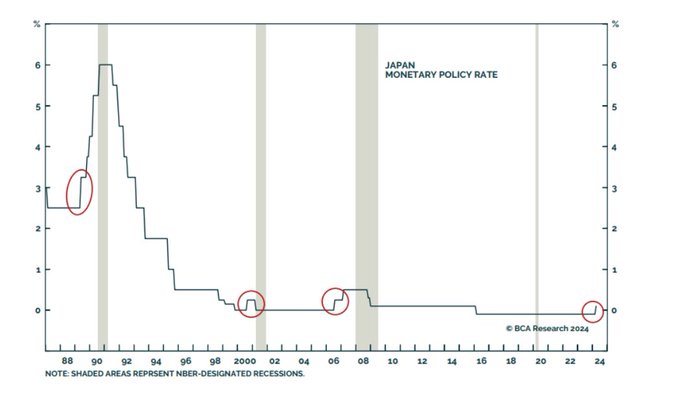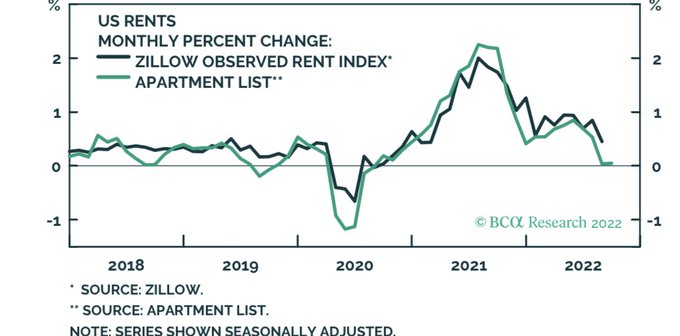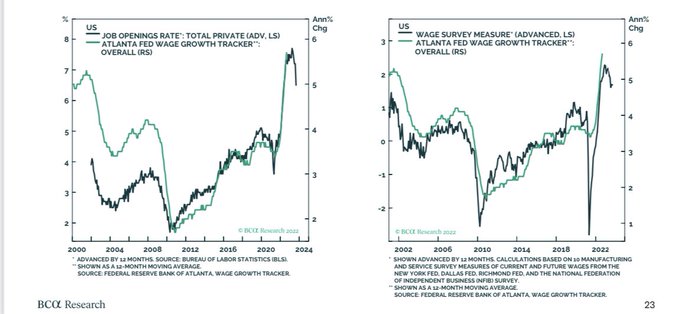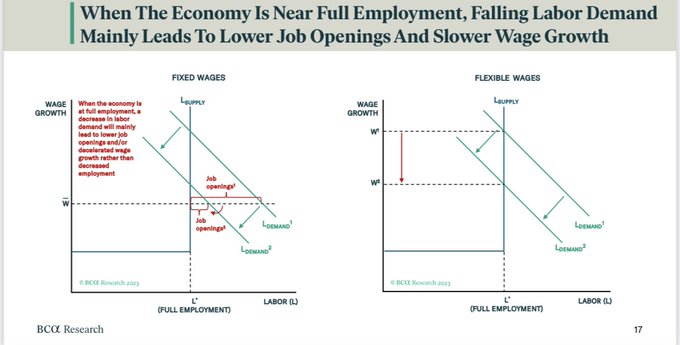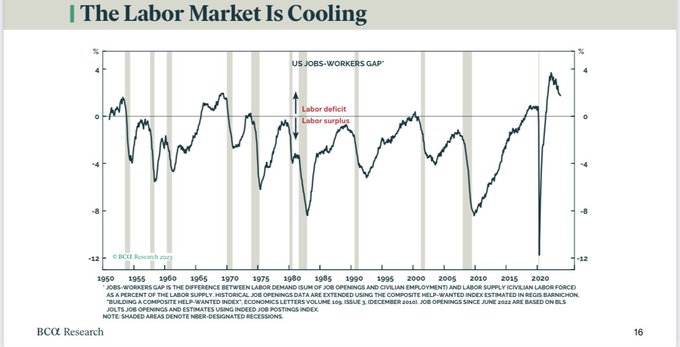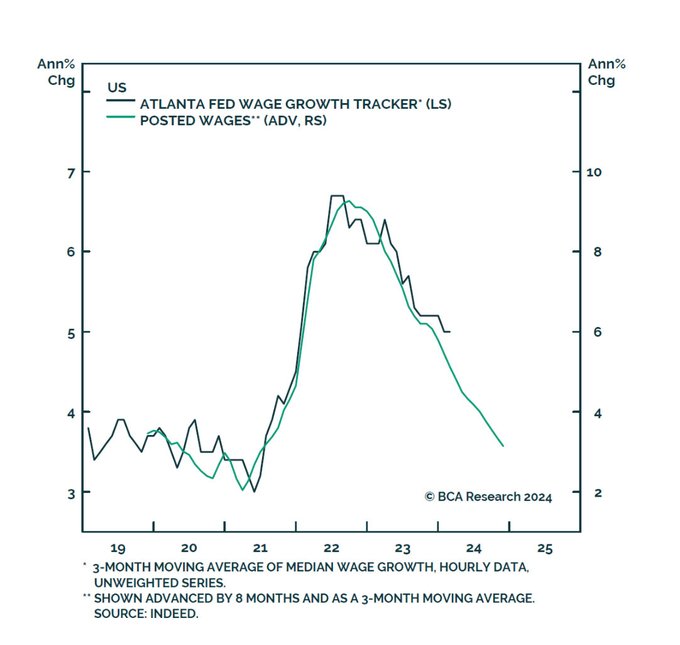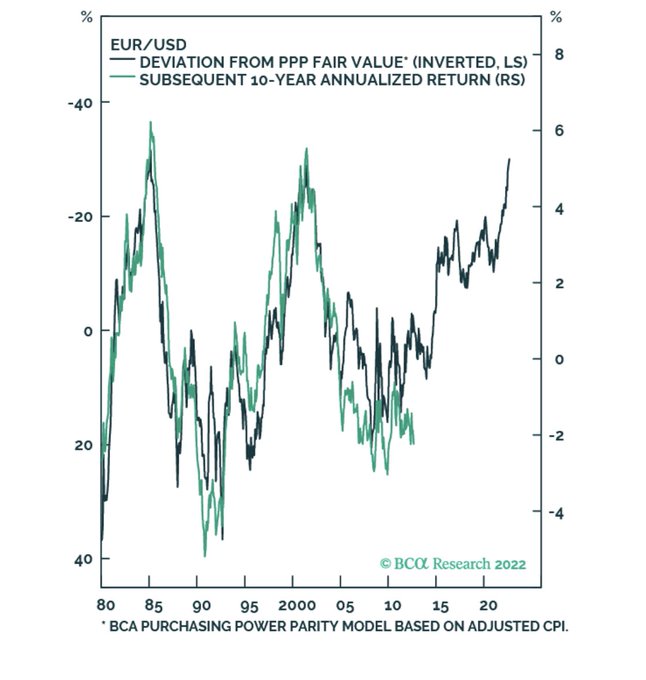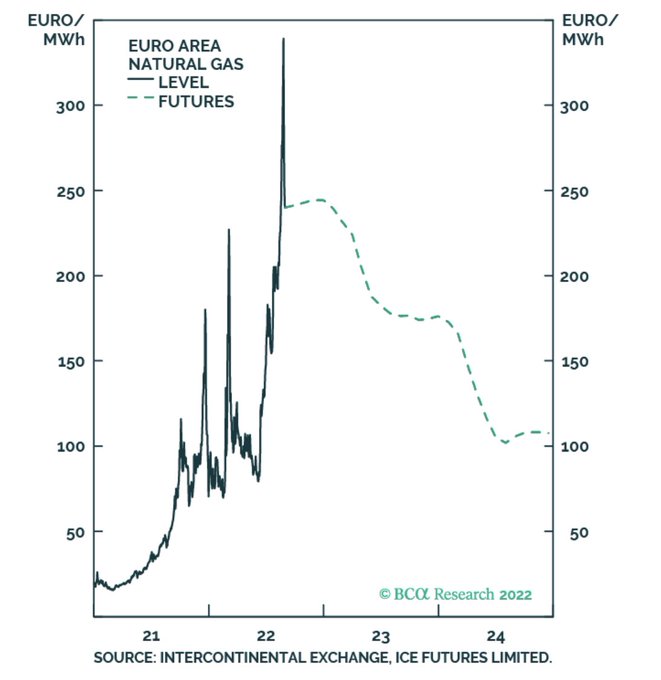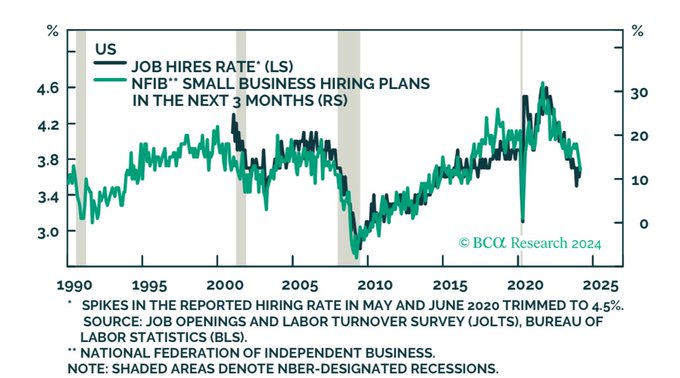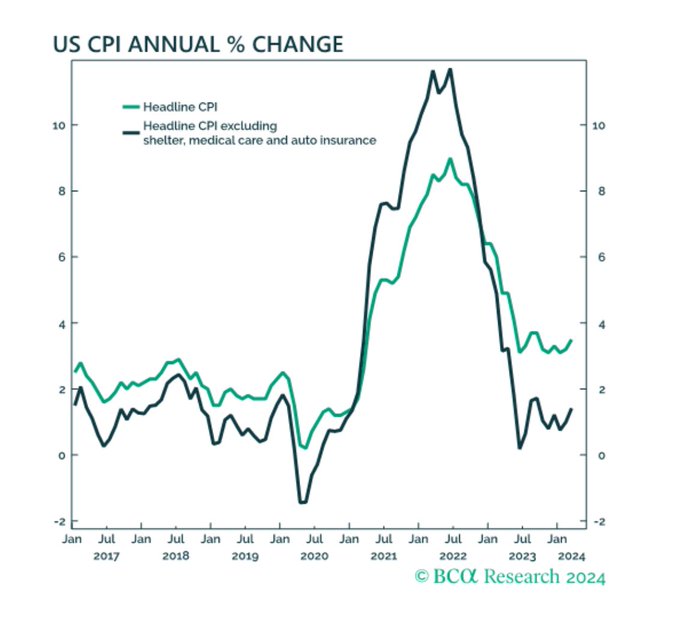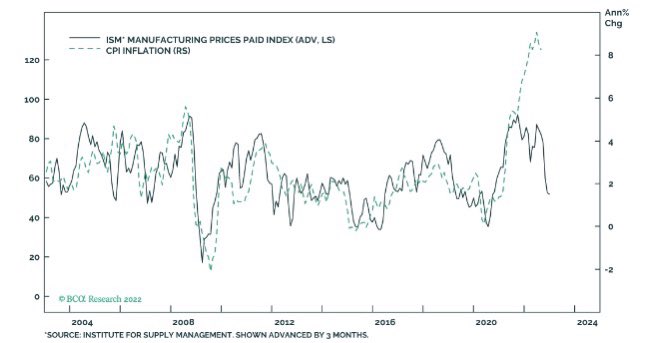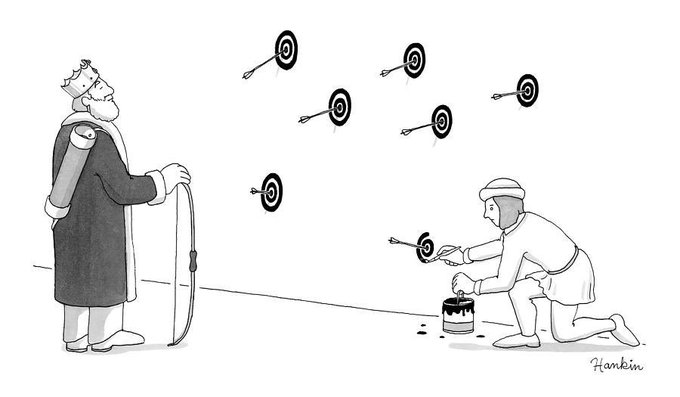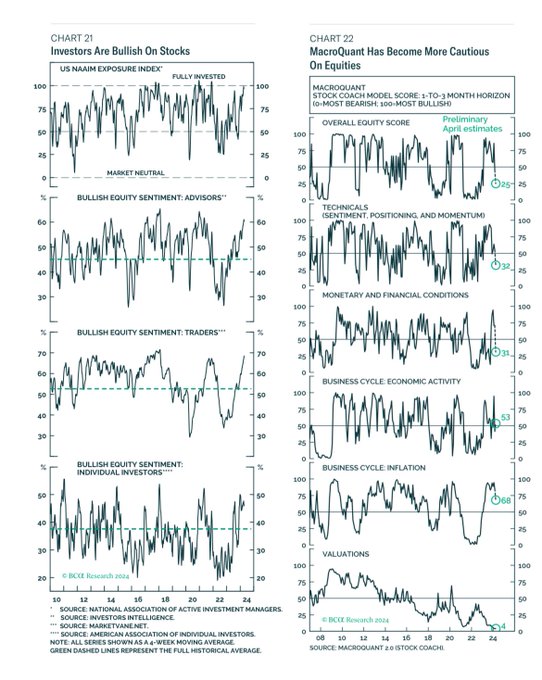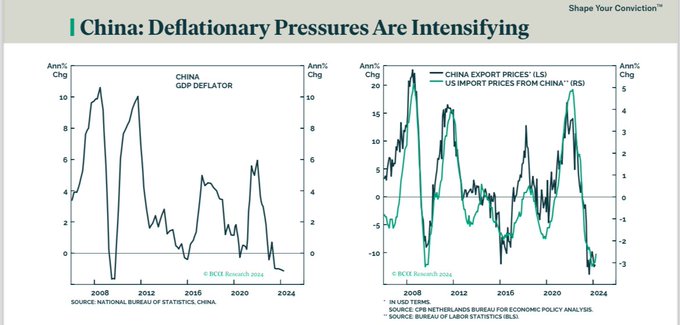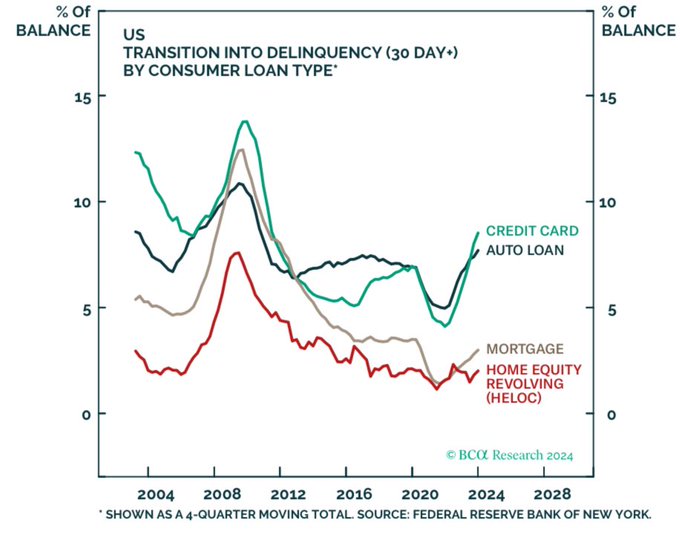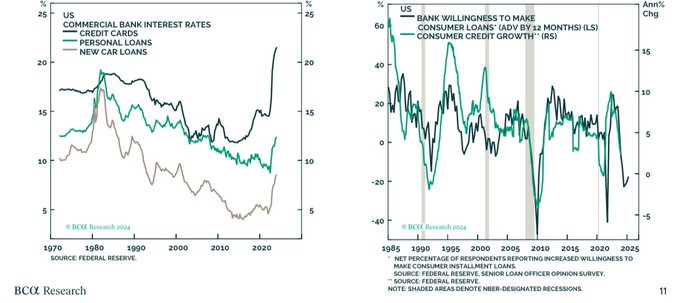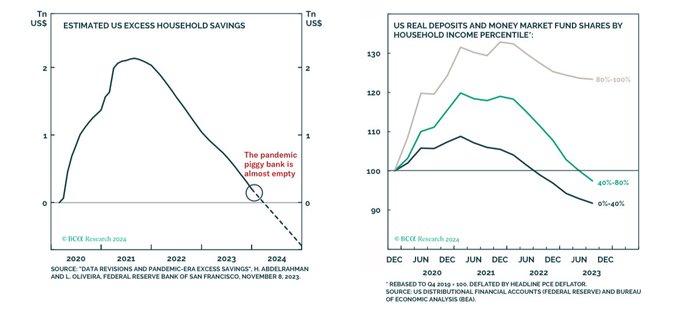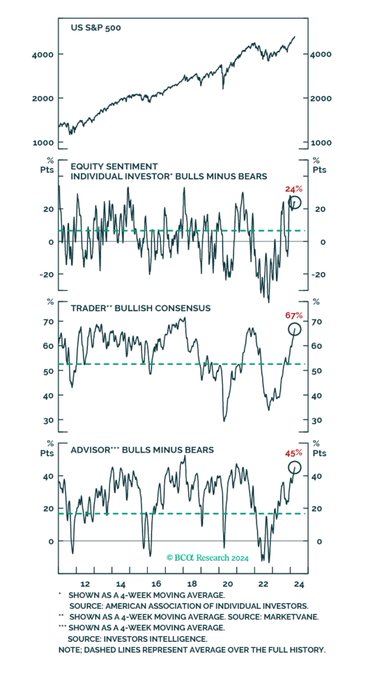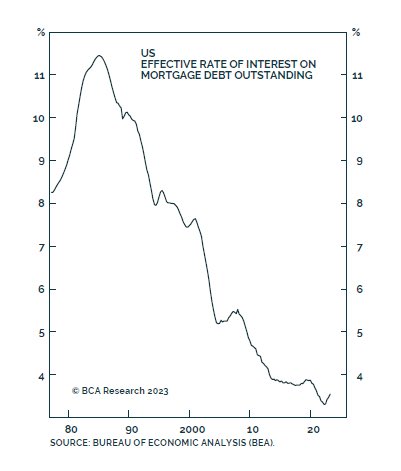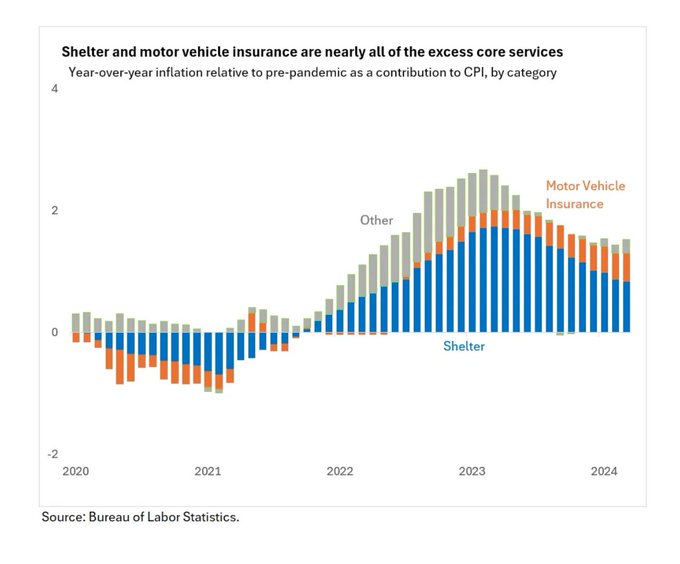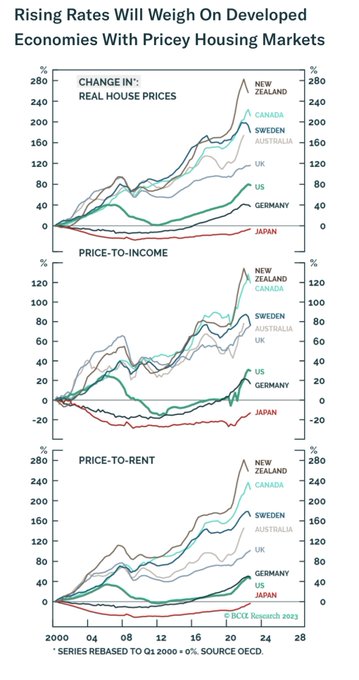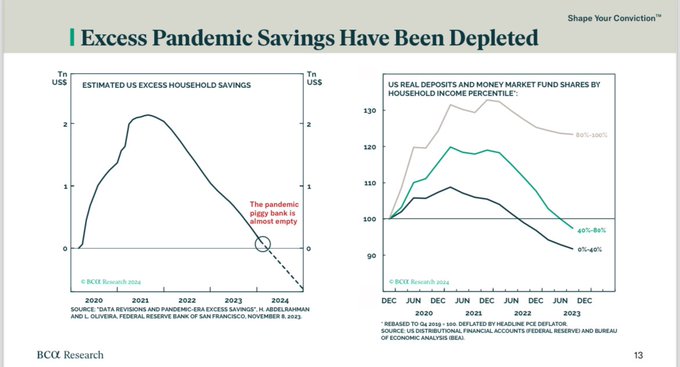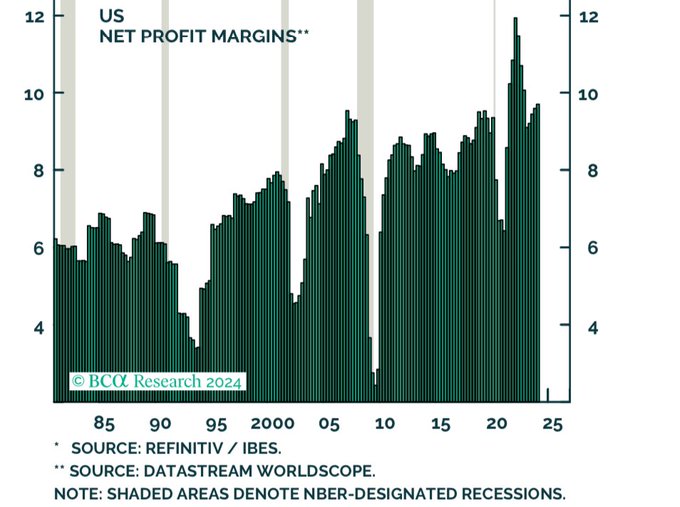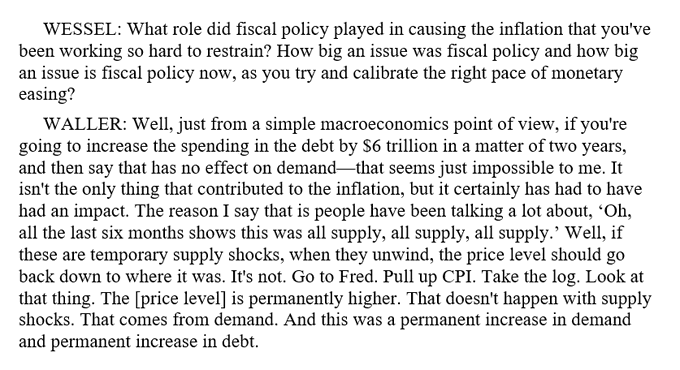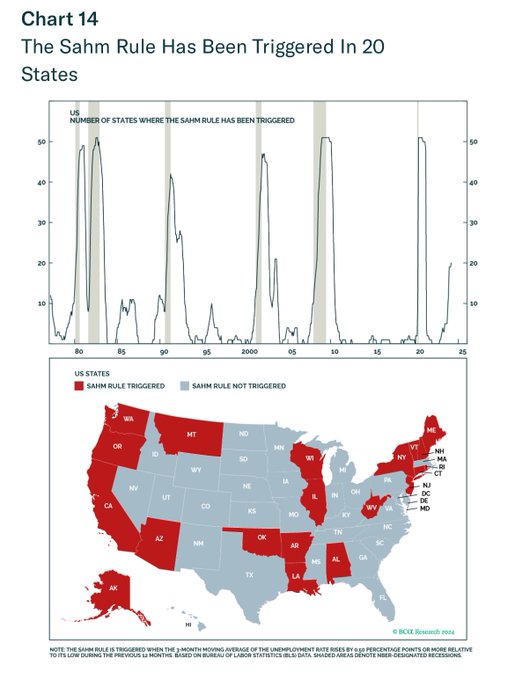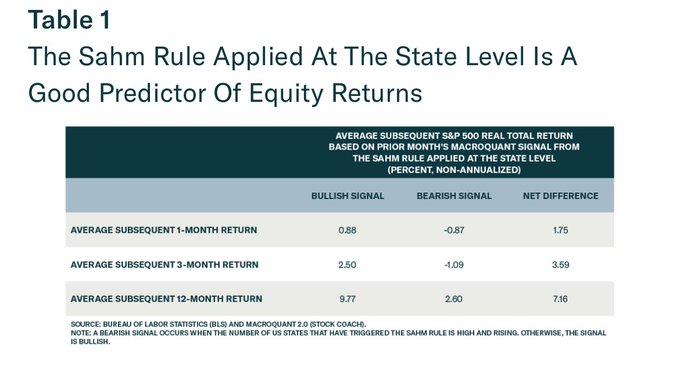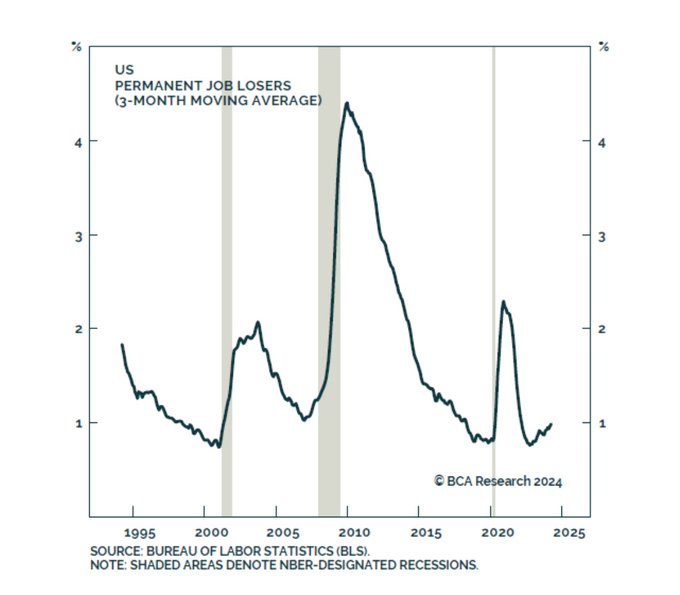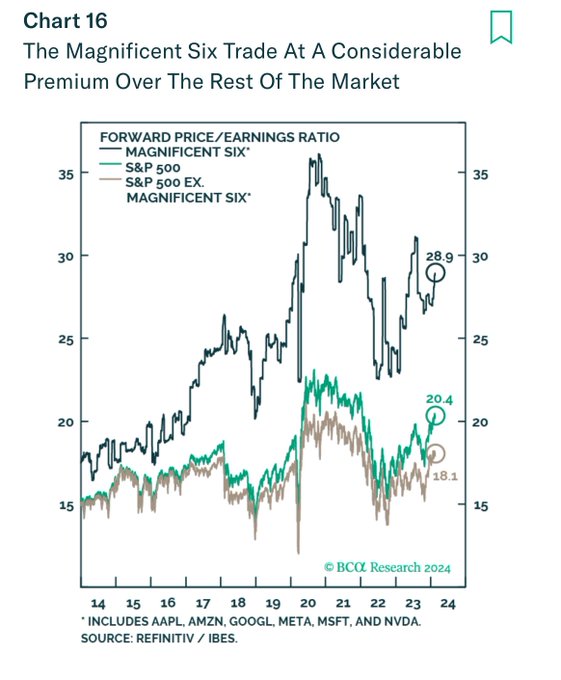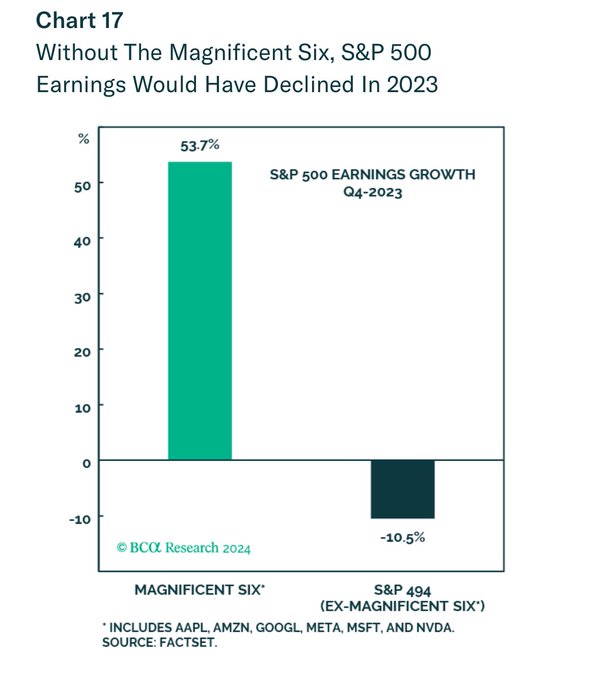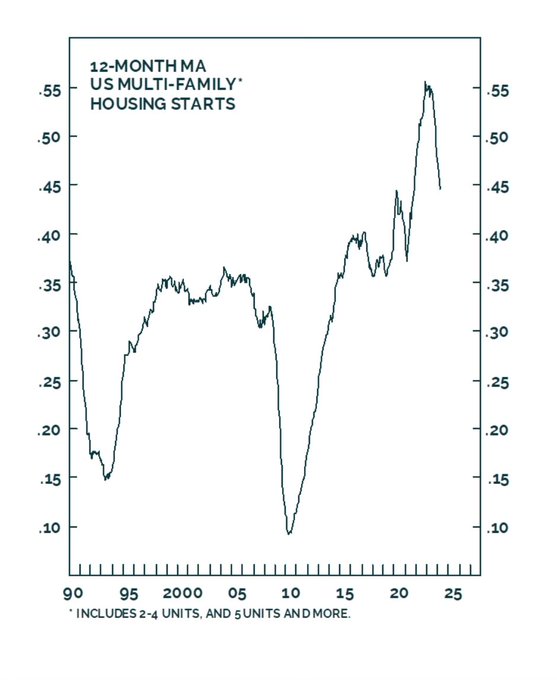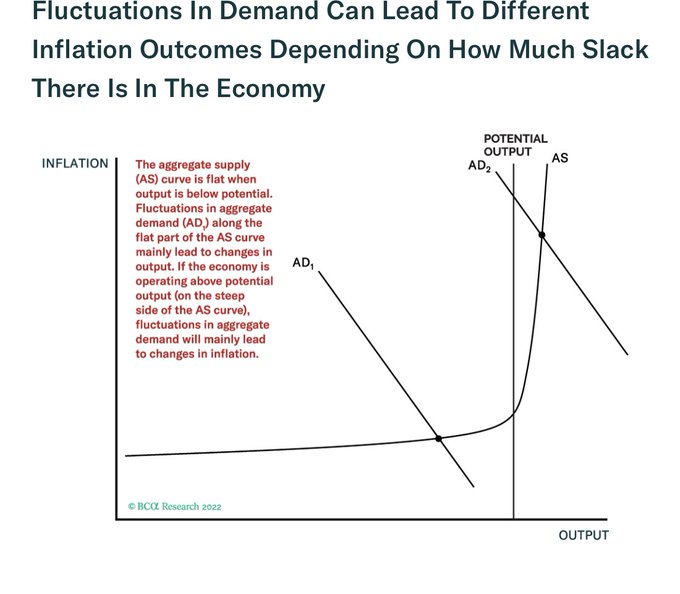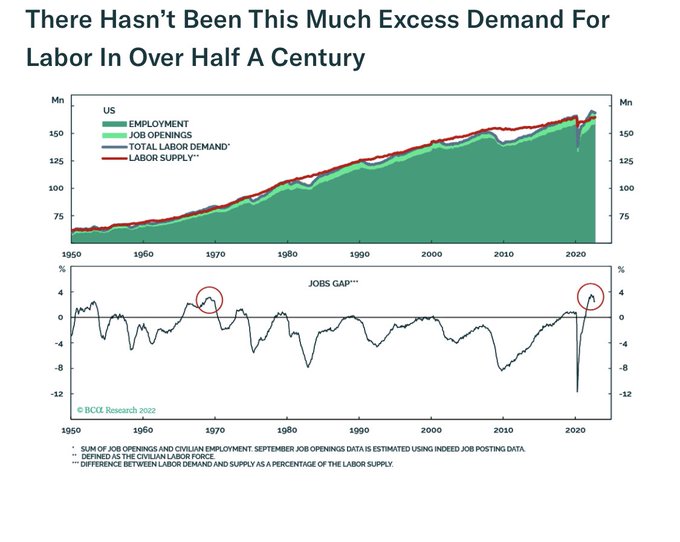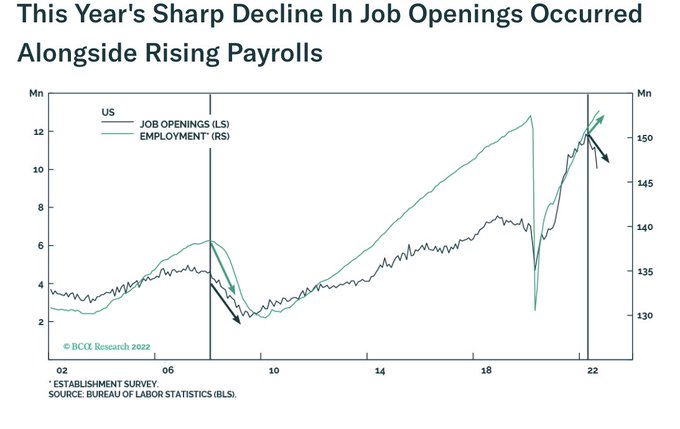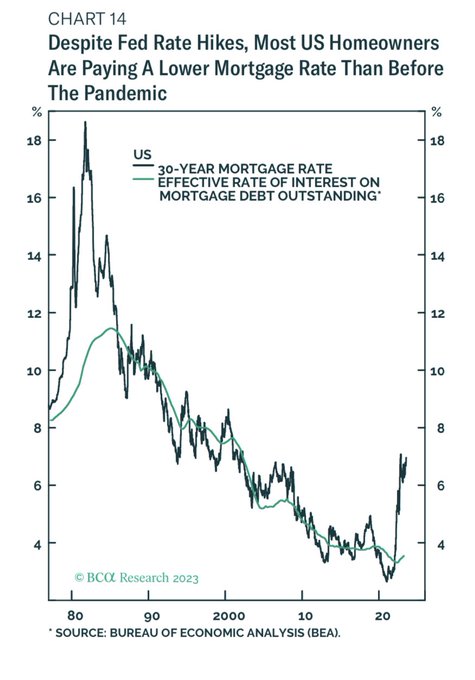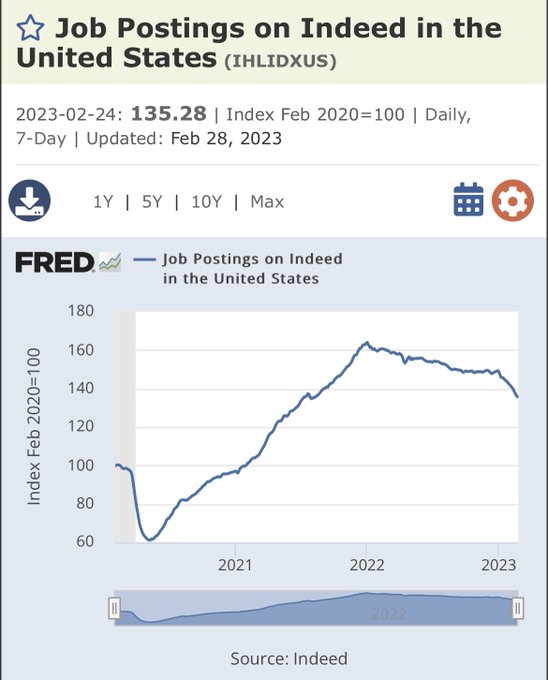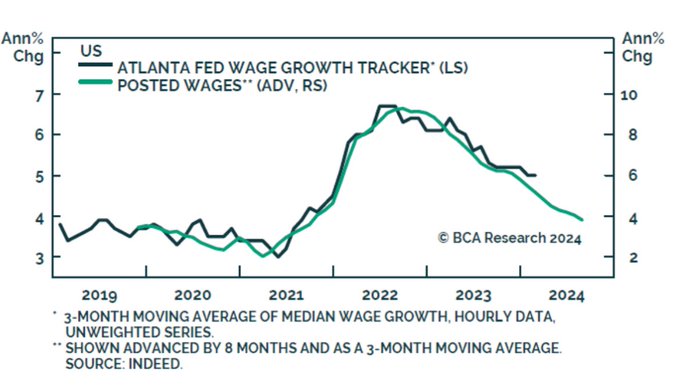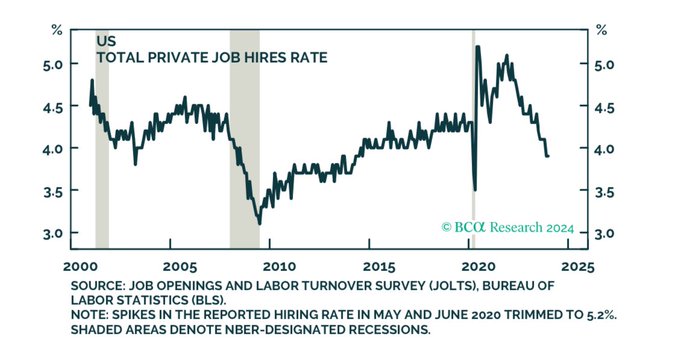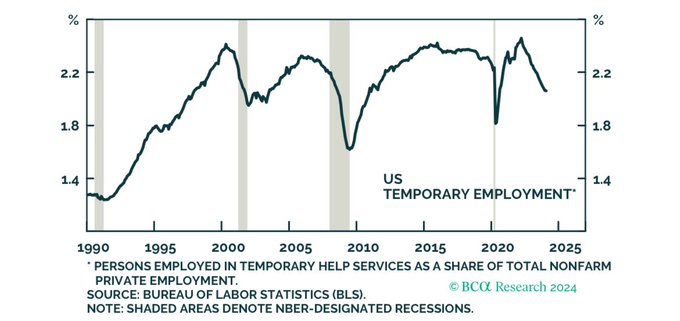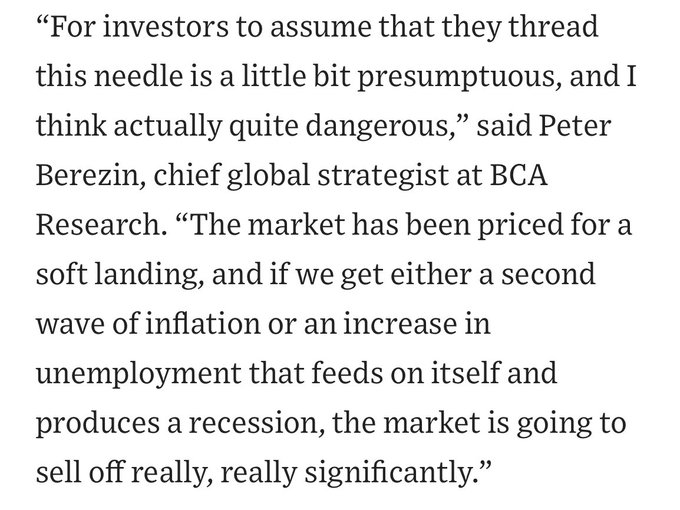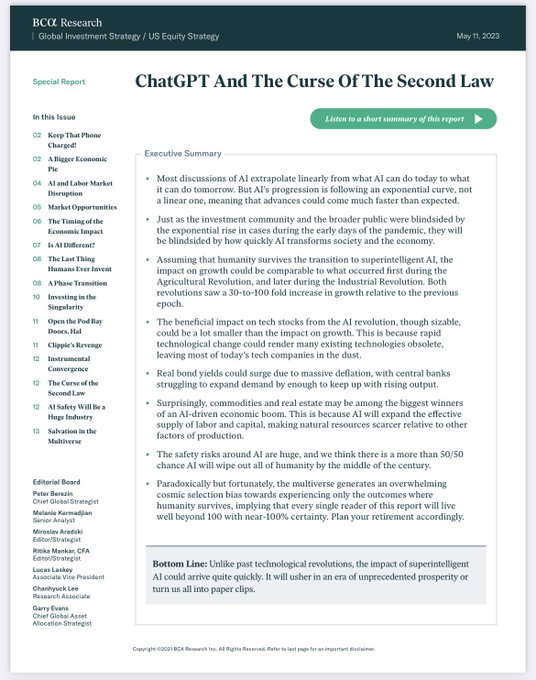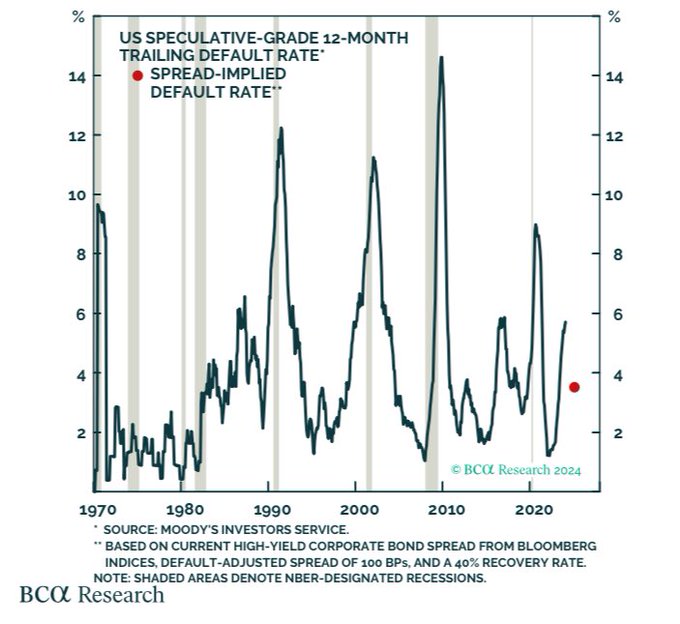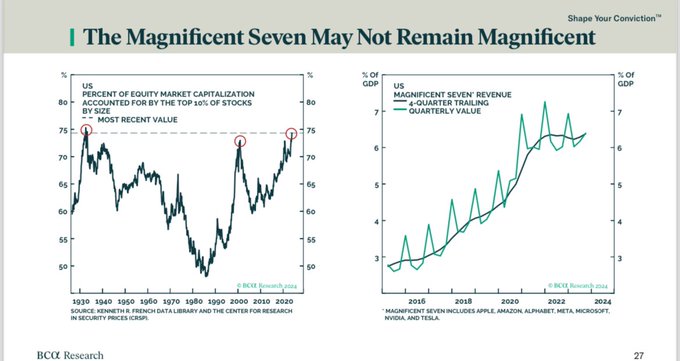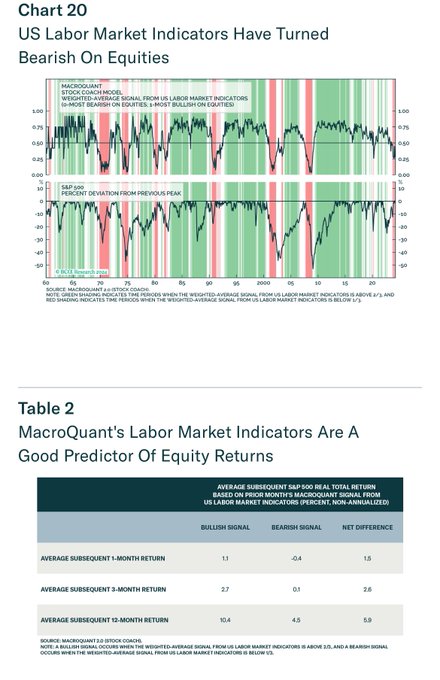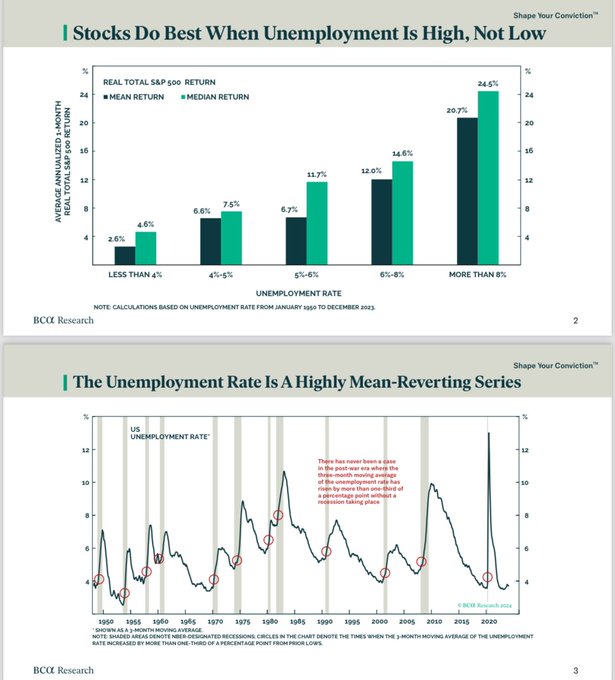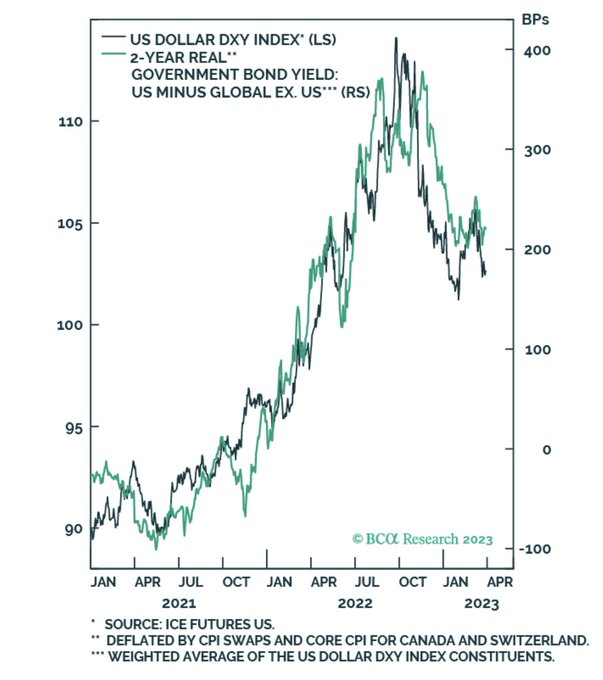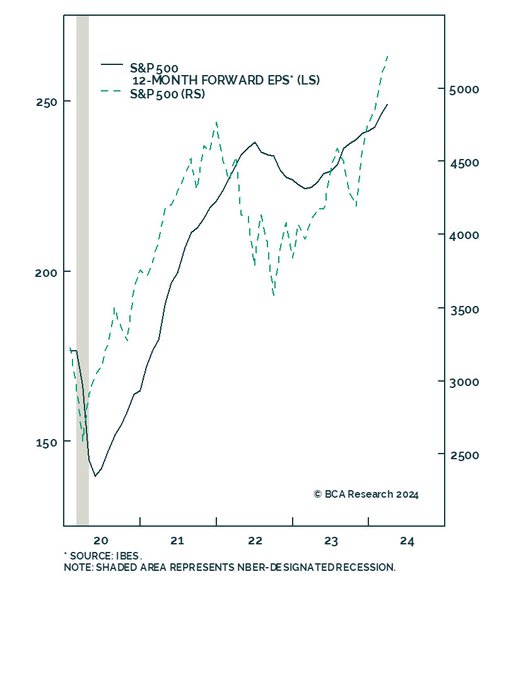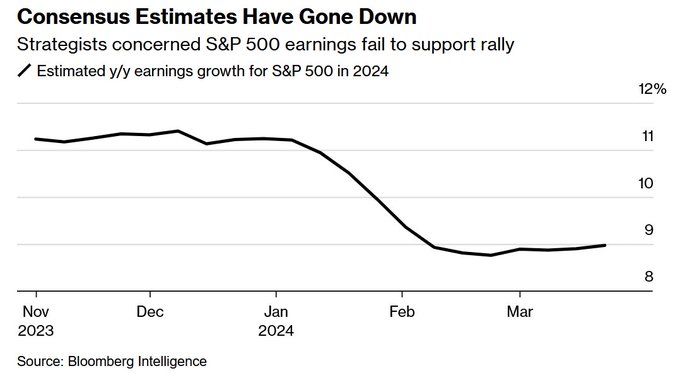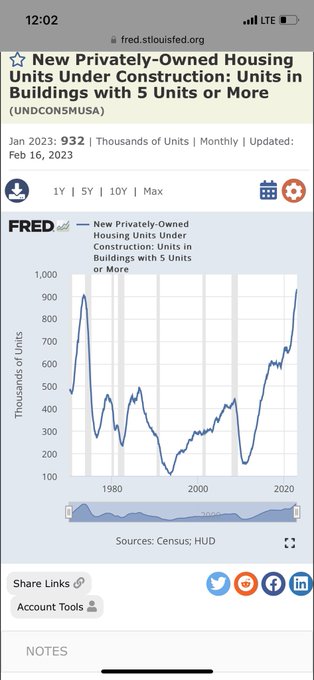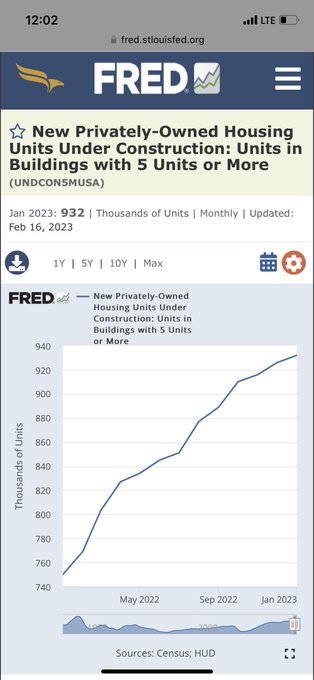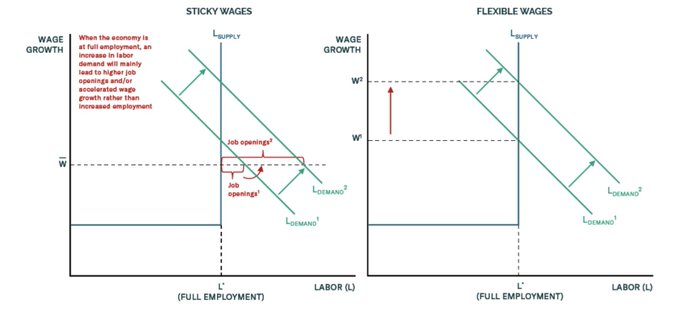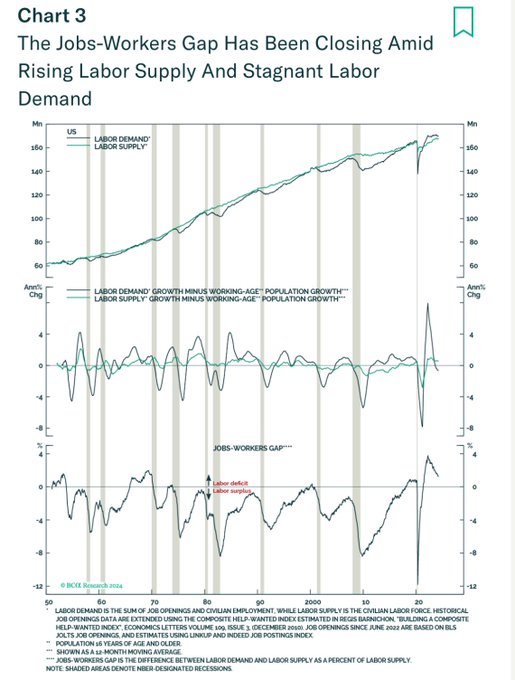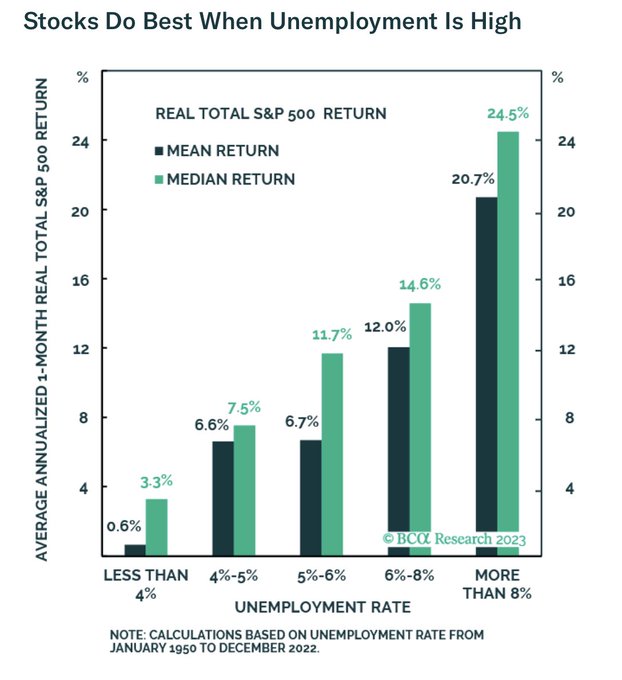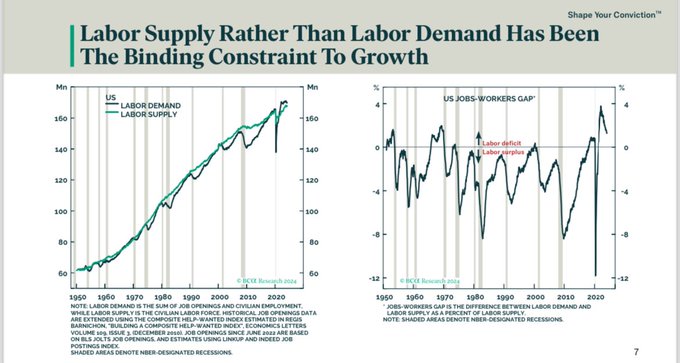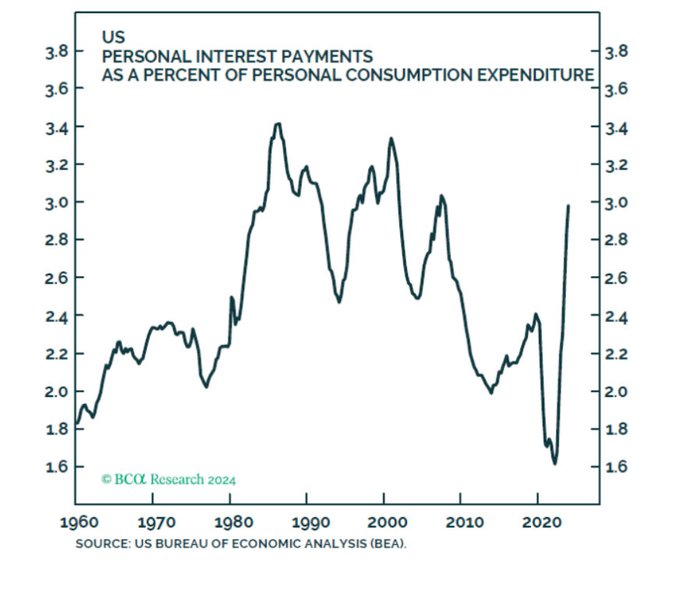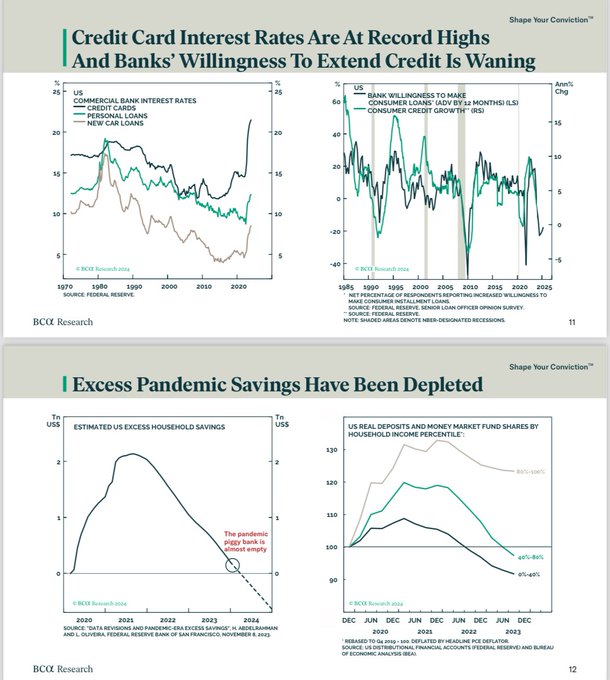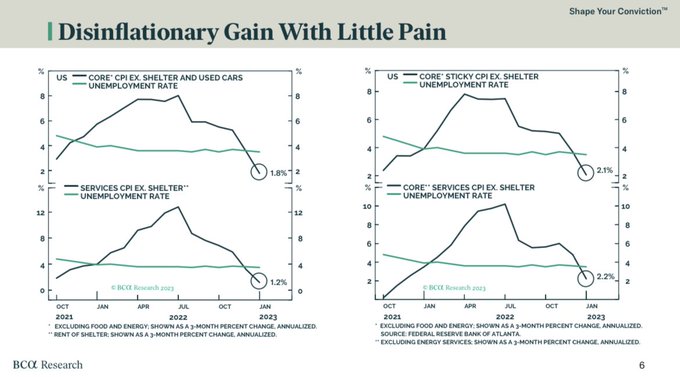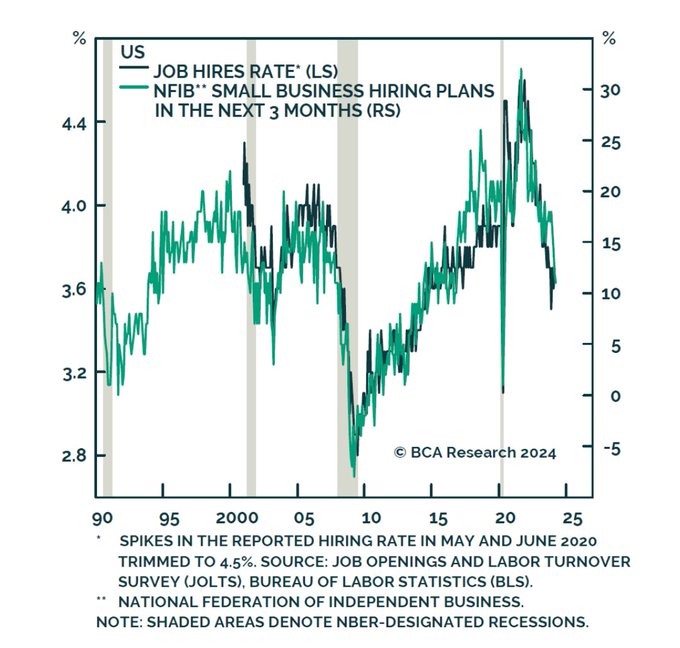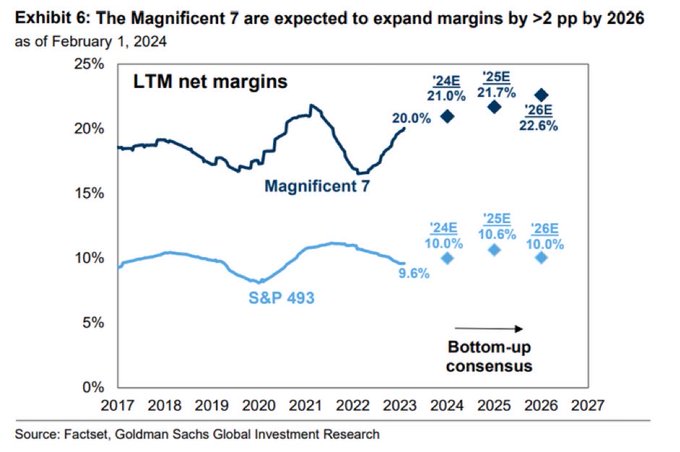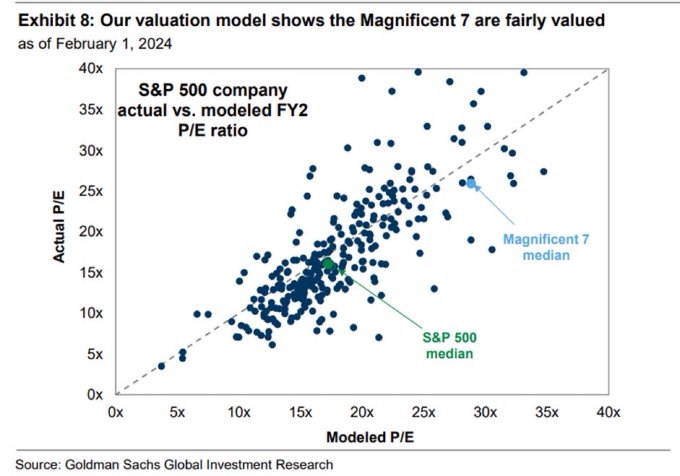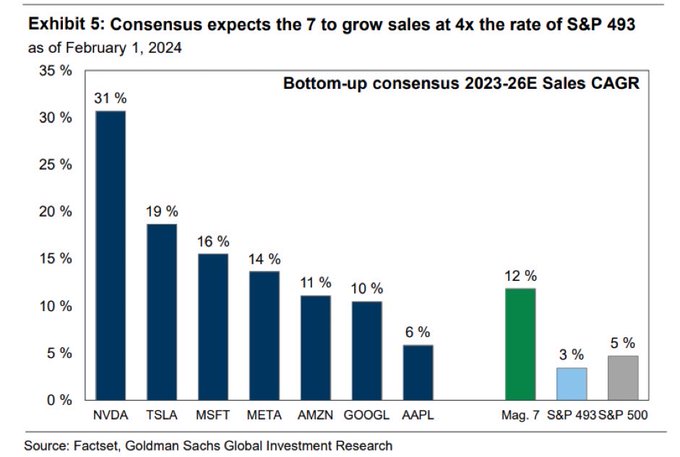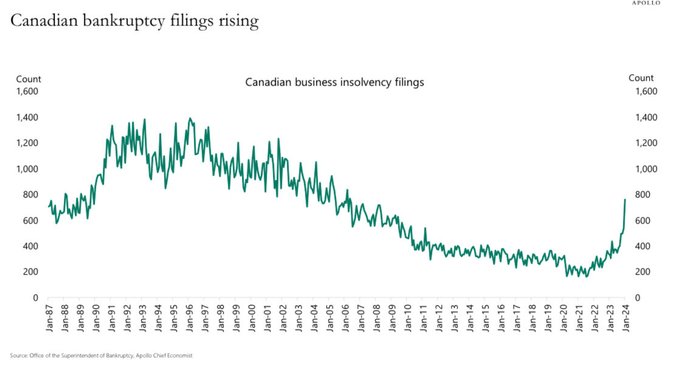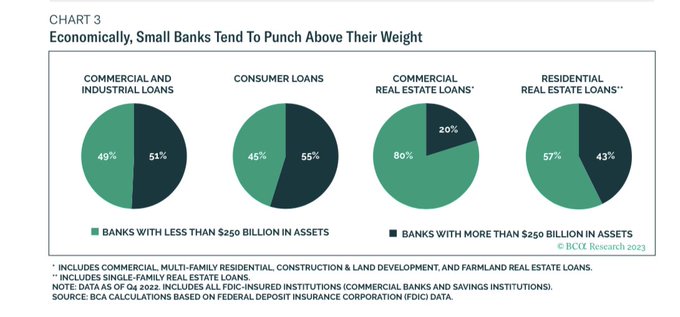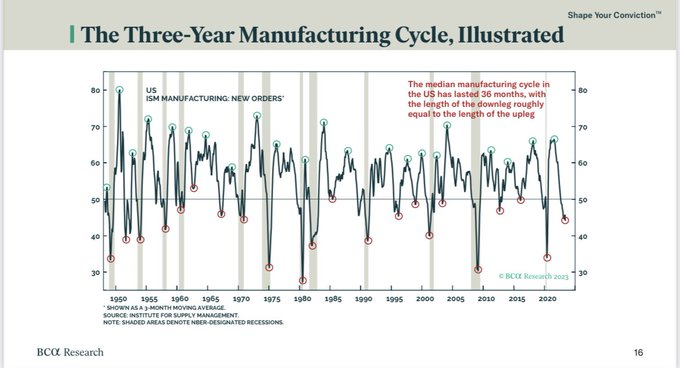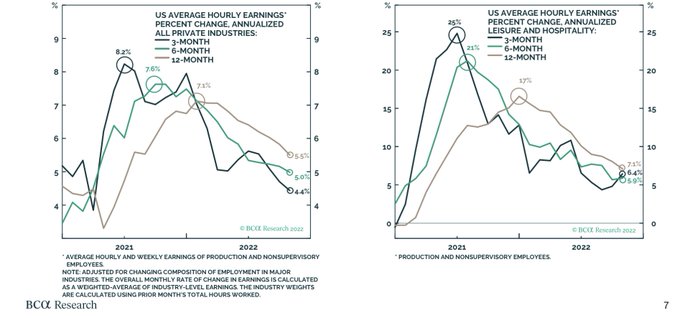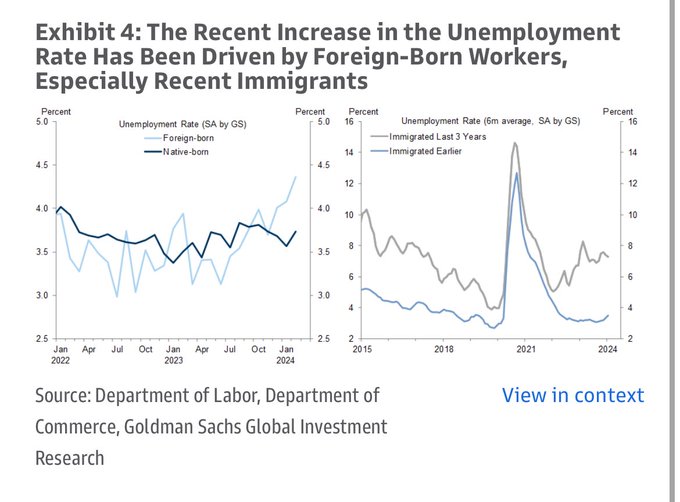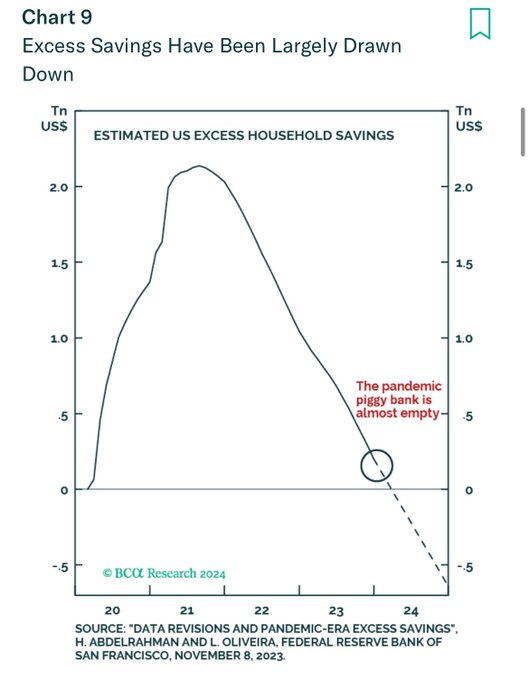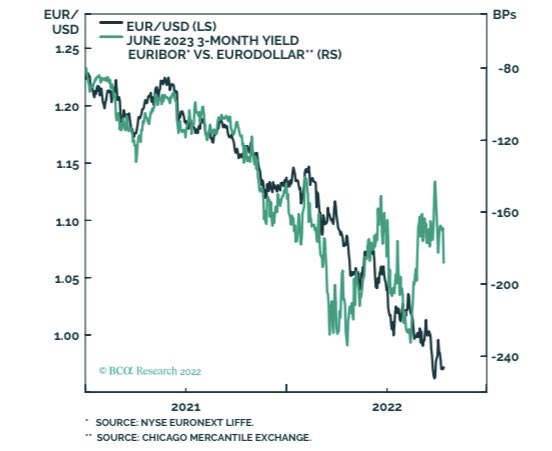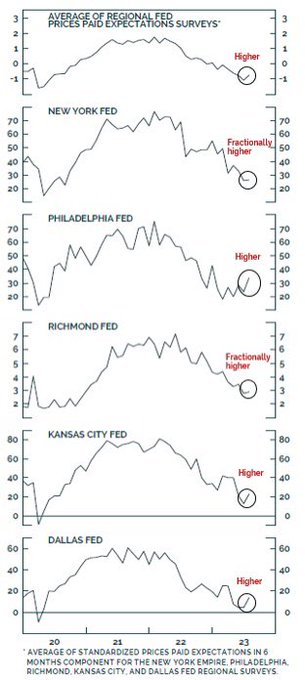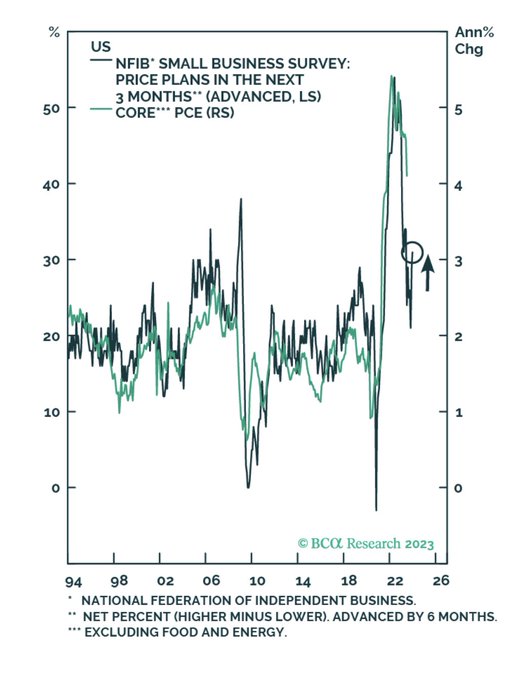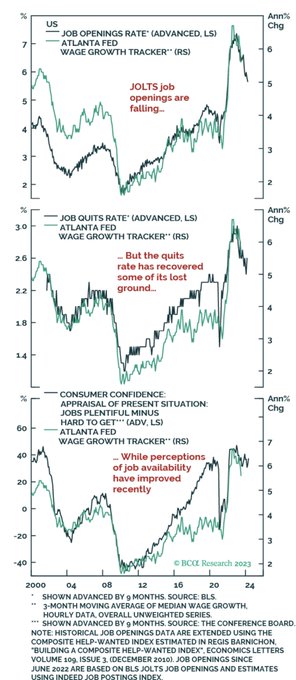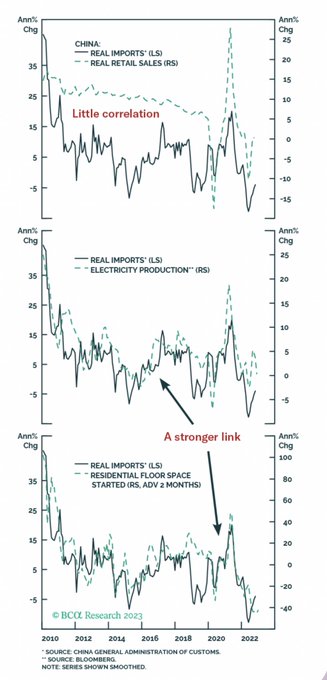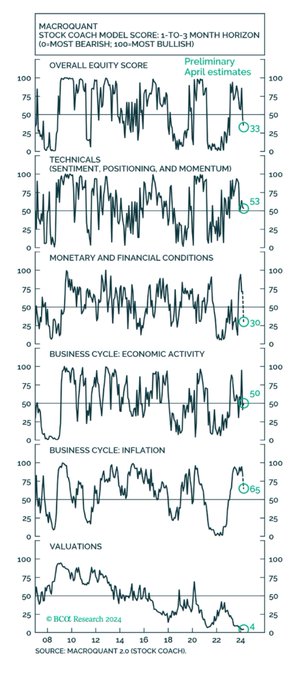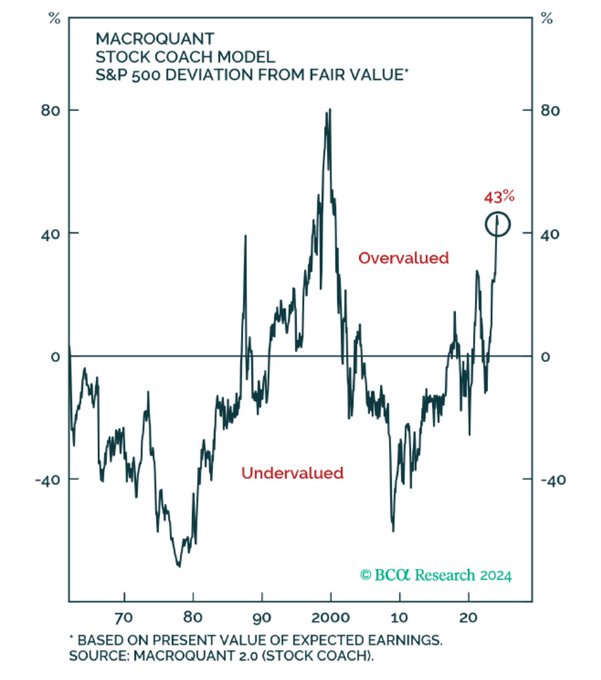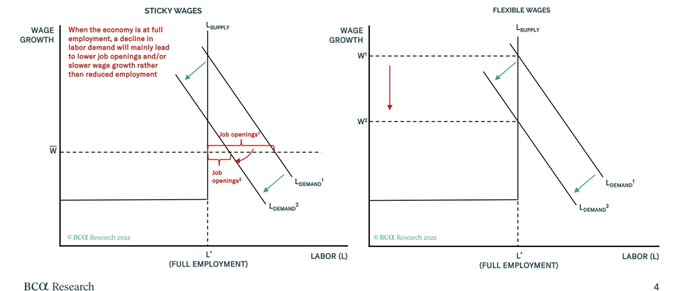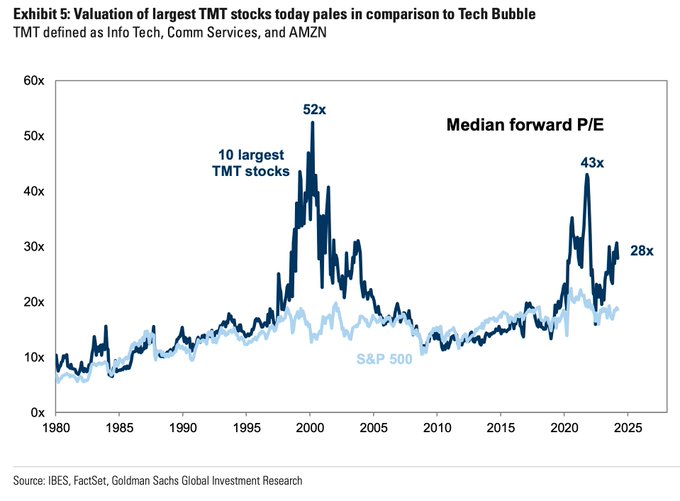
Peter Berezin
@PeterBerezinBCA
Followers
13,043
Following
346
Media
452
Statuses
865
Chief Global Strategist and Director of Research @bcaresearch Formerly with Goldman Sachs & IMF
Hilbert space
Joined March 2017
Don't wanna be here?
Send us removal request.
Explore trending content on Musk Viewer
Galatasaray
• 110407 Tweets
Al Jazeera
• 102114 Tweets
Bernard Hill
• 86079 Tweets
Vlad
• 82440 Tweets
#GSvSVS
• 71298 Tweets
Spurs
• 66354 Tweets
Tottenham
• 62816 Tweets
West Ham
• 60174 Tweets
سعد اللذيذ
• 48917 Tweets
Theoden
• 44784 Tweets
Happy Cinco de Mayo
• 31198 Tweets
Ziyech
• 28038 Tweets
Mertens
• 26534 Tweets
Cavs
• 26258 Tweets
Anfield
• 19676 Tweets
Sivas
• 19069 Tweets
#محمد_عبده
• 18557 Tweets
Garland
• 18277 Tweets
Tim Scott
• 17319 Tweets
Paolo
• 17232 Tweets
LOSE MY BREATH MV TEASER 2
• 15482 Tweets
Emerson
• 14941 Tweets
Gakpo
• 13715 Tweets
Bülent Uygun
• 11254 Tweets
توتنهام
• 10122 Tweets
Last Seen Profiles
I’m always surprised which tweets gain traction and which do not. I wrote this tongue in cheek. Obviously, there’s no causal link between Japan raising rates by 25 bps and the rest of the global economy going down in flames. It’s just that Japan has a habit of hiking rates…
4
44
183
Good point from
@Claudia_Sahm
. The increase in core services inflation has been very narrow — concentrated in housing and auto insurance. Very different from what we saw in 2022.
8
44
182
If the surge in inflation during the pandemic was entirely due to adverse supply shocks, profit margins should have fallen. Instead, they soared.
11
34
168
There’s a lot of misleading stuff from Mike Wilson here.
First of all, one shouldn’t look at the evolution of earnings estimates in any given calendar year because analysts are notoriously overoptimistic.
This means that even in good times, earning estimates usually fall.…
2
17
103
Cooling water also looks stable until it freezes over.
The gap between labor demand and supply is steadily shrinking. At the current pace, labor supply will exceed demand by early next year, at which point the unemployment rate will rise rapidly.
A phase transition is coming.
4
20
91
Peter Berezin’s US Consumer Reality Tour, Exhibit
#1
Pandemic savings are nearly exhausted, and real bank deposits among the bottom 80% of households are below 2019 levels (and yes, that includes money market funds).
3
23
70
Don’t let the low unemployment rate fool you. When the economy is near full employment, falling labor demand will mainly show up in the form of lower job openings. And according to
@linkup
, job openings took another plunge down in December.
1
8
63
I don’t find this Goldman take especially reassuring. OK, perhaps tech stocks are not in a bubble. But they weren’t in a bubble in 2007 either. They are still expensive and hence will still go down a lot if there’s a recession.
8
15
62






















